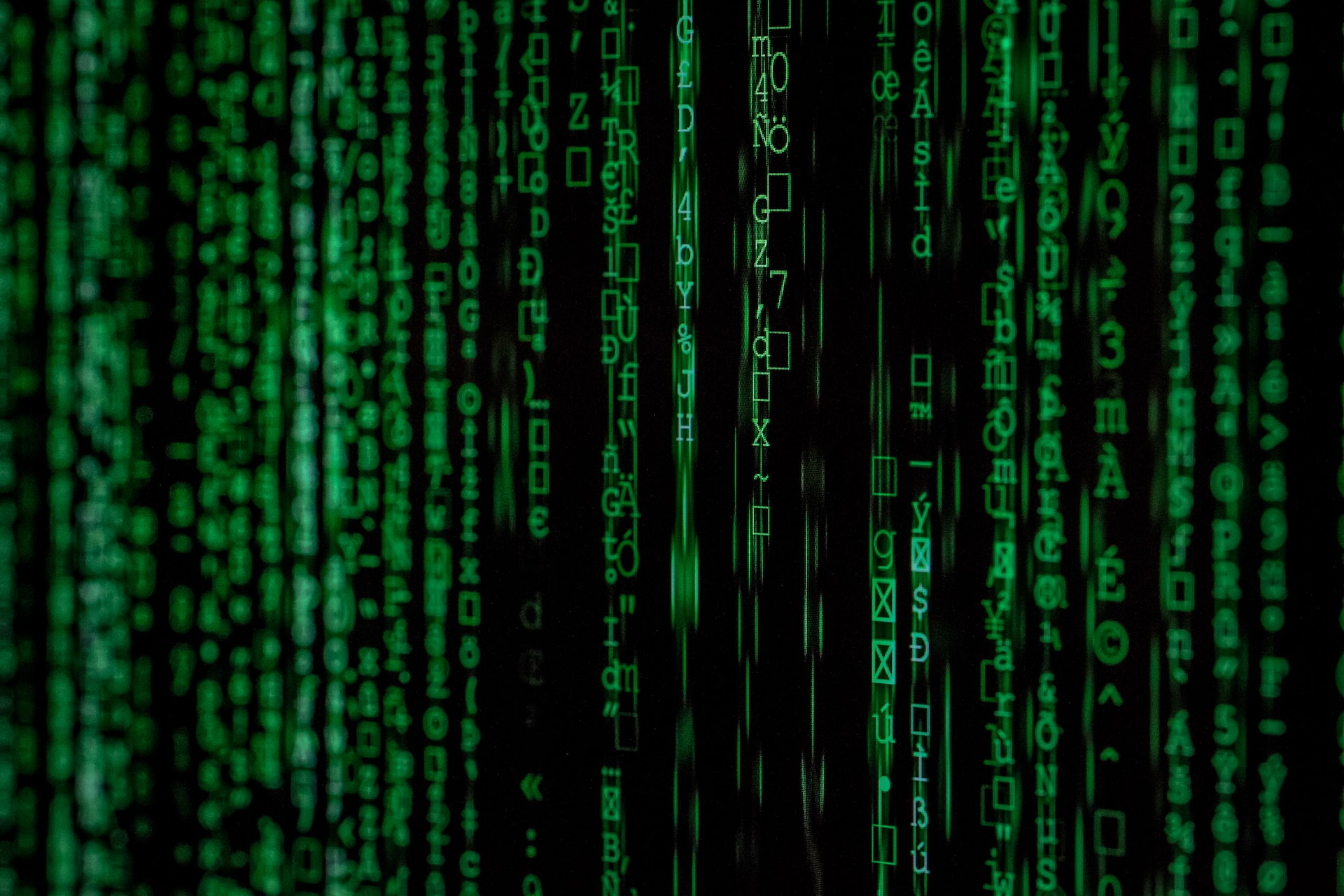Digital and analog devices are used in a variety of applications to perform different tasks. Digital devices use binary code, or “on” and “off” signals, to process information while analog devices measure continuous physical quantities such as temperature or velocity. Both types of device have advantages and disadvantages that make them suitable for different purposes. In this article, we will explore the differences between digital and analog devices, how they work, their respective strengths and weaknesses, various examples of each type of device in everyday life, as well as why an understanding of both is important for those working in technology-related fields.
Digital Devices
Digital devices employ binary code, or a system of ones and zeros, to process information. As such, digital devices are capable of performing more complex tasks than analog devices. Examples of digital devices include computers, tablets and smartphones. These devices are also incredibly accurate due to their reliance on binary code. In contrast, analog devices measure continuous physical quantities using electrical signals that vary continuously over a range of values. Examples of analog devices include thermometers and voltmeters. Furthermore, analog devices tend to be inexpensive compared to their digital counterparts as they contain fewer components and require less energy to run.
Analog Devices
Analog devices have their own unique advantages as well. They are able to measure physical quantities such as temperature or pressure with a high degree of accuracy. Additionally, analog devices can be used for applications that require continuous monitoring, such as medical monitoring systems or weather stations.
Differences Between Digital and Analog Devices
It is important to understand the differences between digital and analog devices in order to make informed decisions when selecting one type of device over another. For example, if you need an accurate and reliable measuring device for a medical application, an analog device would be more appropriate than a digital one due to its greater accuracy and reliability in these types of applications. On the other hand, if you need a device that is capable of performing complex tasks quickly and efficiently, then a digital device would be the better option.
Digital and analog devices are important in our everyday lives as well, from the smartphones we use to communicate with one another to the sensors that monitor our environment. Understanding these two different types of device is essential for those working in technology-related fields, such as engineering or computer science. Having a basic knowledge of both digital and analog devices can help ensure that you choose the right one for any given task or application.
Both digital and analog devices have advantages and disadvantages that make them suitable for different applications. Digital devices offer greater accuracy and performance; however, they can be expensive
What are Digital and Analog Devices – Some Examples
Digital devices are used to process information using binary code and typically include computers, tablets, and smartphones. Examples of analog devices include thermometers, voltmeters, and medical monitoring systems.
Analog devices are used to measure continuous physical quantities such as temperature or pressure. Examples of analog devices include thermometers, voltmeters, and medical monitoring systems.
Digital And Analog TV – What’s The Difference?
Digital and analog TV signals work differently. Digital broadcasts use digital encoding, meaning a series of ones and zeros that are used to represent the picture and sound information on the TV screen. Analog TV signals transmit a continuous electrical signal that varies in strength over time. The quality of an analog broadcast is affected by noise and interference, while digital transmissions are less susceptible to these issues.
TV broadcasters such as Spectrum and even DirecTV provide both digital and analog TV signals, however, the majority of channels are now transmitted in digital format which allows for a clearer picture and sound, slowly, they will phase out analog transmissions because digital has a fair superior picture.
Important Technology That has Made The Transition From Analog To Digital?
One of the most important transitions from analog to digital technology is in telecommunications. Telephone systems used to rely on analog signals, but now are transitioning to the use of digital signals that can be more easily transmitted over long distances. The internet also relies heavily on digital technology, and streaming services such as Netflix or Hulu use digital encoding for their content. Many other devices, from cameras to radios, have transitioned from analog to digital in recent years as well.
Understanding both types of devices is essential for those working in technology-related fields. Having a basic knowledge of both digital and analog devices can help ensure that you choose the right one for any given task or application. Digital and analog technologies play an increasingly important role in our lives and understanding them
Conclusion
Digital and analog devices are essential to many everyday tasks and applications. Understanding their differences is important for those working in technology-related fields, as well as for anyone who wants to choose the right device for any given task or application.
Both digital and analog devices have advantages and disadvantages that make them suitable for different applications; understanding these differences can help you make an informed decision when selecting one type of device over another.
